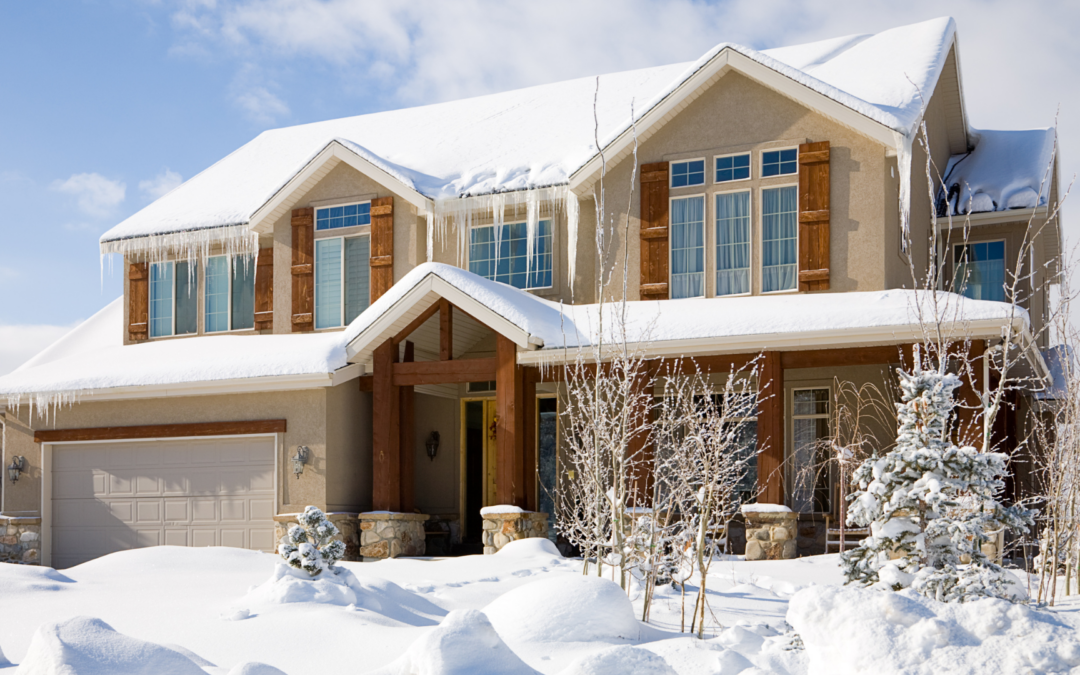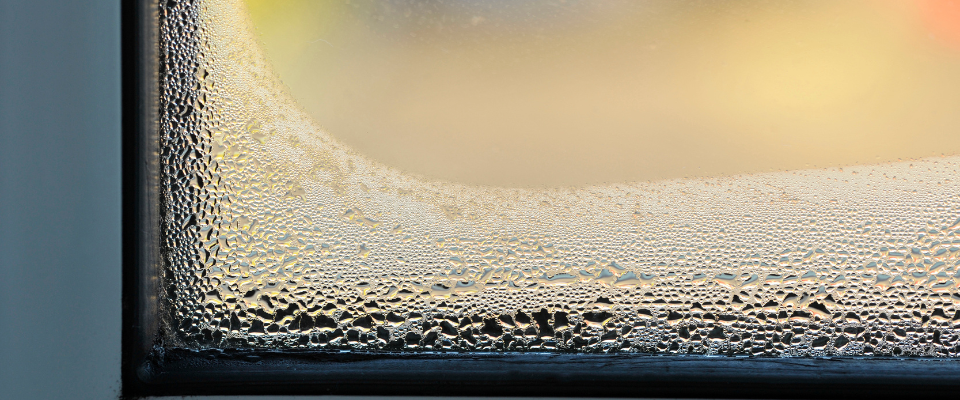Winter in the South may not come with the heavy snowfall typical of northern climates, but it still brings unique challenges for homeowners—particularly when it comes to moisture and mold. While most people associate mold growth with the humid summer months, winter can present its own set of moisture-related concerns. Here’s how you can avoid these issues and keep your home safe and dry during the colder months.
Outdoor Concerns: Ice Dams and Frozen Gutters
Even in the South, where snow isn’t a regular occurrence, there are still risks related to moisture outside the home. One key issue is ice dams. If snow lingers on your roof for several days or even a week, it can begin to melt due to heat from your house. As the snow melts, the water runs down the roof but may refreeze in the eaves, creating a cycle of ice and water. This can cause significant damage to the wooden structural components of your home, leading to mold growth and rot over time.
Another common issue is clogged gutters. Fallen leaves and debris can accumulate in gutters, blocking the flow of water and causing backups. In freezing temperatures, this standing water can freeze and prevent water from draining properly, creating pools of water that can seep into areas they shouldn’t, resulting in mold and rot.
Solutions for the Outdoor
Preventing these issues is relatively simple, but it requires regular attention. Make sure to clean your gutters thoroughly in the fall and early winter, removing any leaves or debris that may cause water to pool. If you experience a heavy snowfall, consider having a professional inspect your attic to check for the formation of ice dams. This proactive step can help you catch potential issues before they lead to expensive damage.
Indoor Concerns: Humidity and Condensation
Inside the home, the risk of mold and moisture is often caused by humidity, which can accumulate during daily activities like cooking, showering, and heating your home. Unlike summer humidity, which tends to creep into your home from the outside, winter humidity problems are typically the result of condensation.
When warm, humid air comes into contact with cold surfaces—such as single-pane windows—moisture can condense and drip, leading to mold growth and wood rot. You might notice this issue more frequently if you have drapes or window coverings. While they help keep your home warm, they also block the air behind them from ventilating properly, allowing moisture to build up.
Solutions for the Indoors
To combat condensation, take a moment on cold days to inspect your windows for signs of ice or water buildup. Ensure that your windows are sealed properly and that there’s enough ventilation to keep moisture from accumulating. Consider using a dehumidifier or opening windows for short periods to allow air circulation. If you have heavy curtains or drapes, try to keep them slightly open during the day to allow the windows to breathe.
While winter in the South doesn’t come with the same moisture challenges as other regions, it’s still important to be proactive about managing mold and moisture. Clean your gutters, keep an eye on your attic for ice dams, and be mindful of condensation around your windows. With a little attention, you can prevent mold and moisture issues, ensuring your home stays healthy and safe throughout the winter season.
Experience the DILIGENT Difference
With DILIGENT, you can understand the value of your potential home investment by skipping the guesswork and gathering deeper information about your new home with our detailed reports provided the same day as your inspection.



